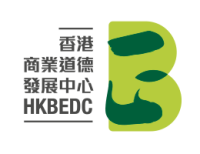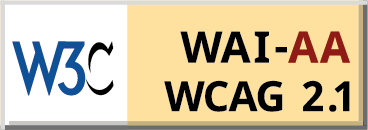 Use of false documents and fraud
Use of false documents and fraud
It is an offence under Section 9(3) of the Prevention of Bribery Ordinance (POBO) for an agent to use any false, erroneous or defective receipt, account or other document with intent to deceive his principal even without accepting a bribe. Any person who obtains financial advantages by deception might also commit a fraud offence. Commitment of corruption or criminal offence in clinical practice will not only ruin the career of the doctor committing the crime but also impair the reputation of the medical profession as a whole.
Scenario 1 | Give a "helping hand" in procurement of medical equipment

Dr F, the Chief of Service of the Paediatric Department of a public hospital, has the approving authority for purchases not exceeding $100,000. Frankie, the Department Operations Manager of his hospital, and Fai, the Sales Manager of a large medical equipment company, were both his long-time football companions. Recently, Frankie recommended the replacement of a small piece of equipment and the sourcing was in progress. As Fai was subjected to pressure by his boss to secure more business for the company, he asked if Dr F and Frankie could give him a "helping hand" by simply taking away those quotations with lower price than his. Should Dr F and Frankie do Fai a favour as requested?

Dr F might commit an offence of fraud if he deceives Hospital Authority (HA) by concealing the information regarding those quotations with lower price from HA. He might further violate Section 9(3) of the POBO if he produces false quotation breakdown to cover up the matter. Besides, if Frankie agrees to take part in the fictitious quotation plot with Dr F, he might also be charged with an offence of conspiracy.
If Dr F accedes to the request, he may face disciplinary action to be taken by the Medical Council of Hong Kong after his criminal conviction of fraud. He may also be found guilty of professional misconduct by bringing the medical profession into disrepute.
At the same time, the HA would impose disciplinary action against Dr F for breaching HA's Code of Conduct which requires the procurement of goods to be the best value for money in terms of price, quality, delivery time and service.
As a public servant, Dr F might also commit the common law offence of Misconduct in Public Office (MIPO) if he abuses his official position to take away the quotations with lower price. Under the MIPO, it will be an offence if a public officer wilfully misconducts himself in relation to his public office where such misconduct is serious having regard to the responsibilities of the office. In this case, if Dr F misuses his official capacity to favour Frankie in the procurement exercise, it can be regarded as a conflict of interest of serious nature.
Doctors are required to prepare documents such as reports and certificates for a variety of purposes (e.g. insurance claim forms, payment receipts, medical reports, vaccination certificates, sick leave certificates). Doctors should always exercise their independent professional judgement and maintain the highest standards of professional conduct when handling or issuing various documents. To avoid falling into legal and ethical traps, doctors should:
- exercise care in issuing certificates, medical reports and similar documents on the basis that the truth of the contents can be accepted without question;
- make utmost efforts to perform their professional duties and services by means which are proper, fair and in line with the interest of their patients, colleagues and business associates;
- avoid placing themselves under any financial or other obligation to outside individuals or organisations that might influence them in the discharge of official duties; and
- deal honestly with patients and other individuals and should not allow their judgement be influenced by personal benefit.





